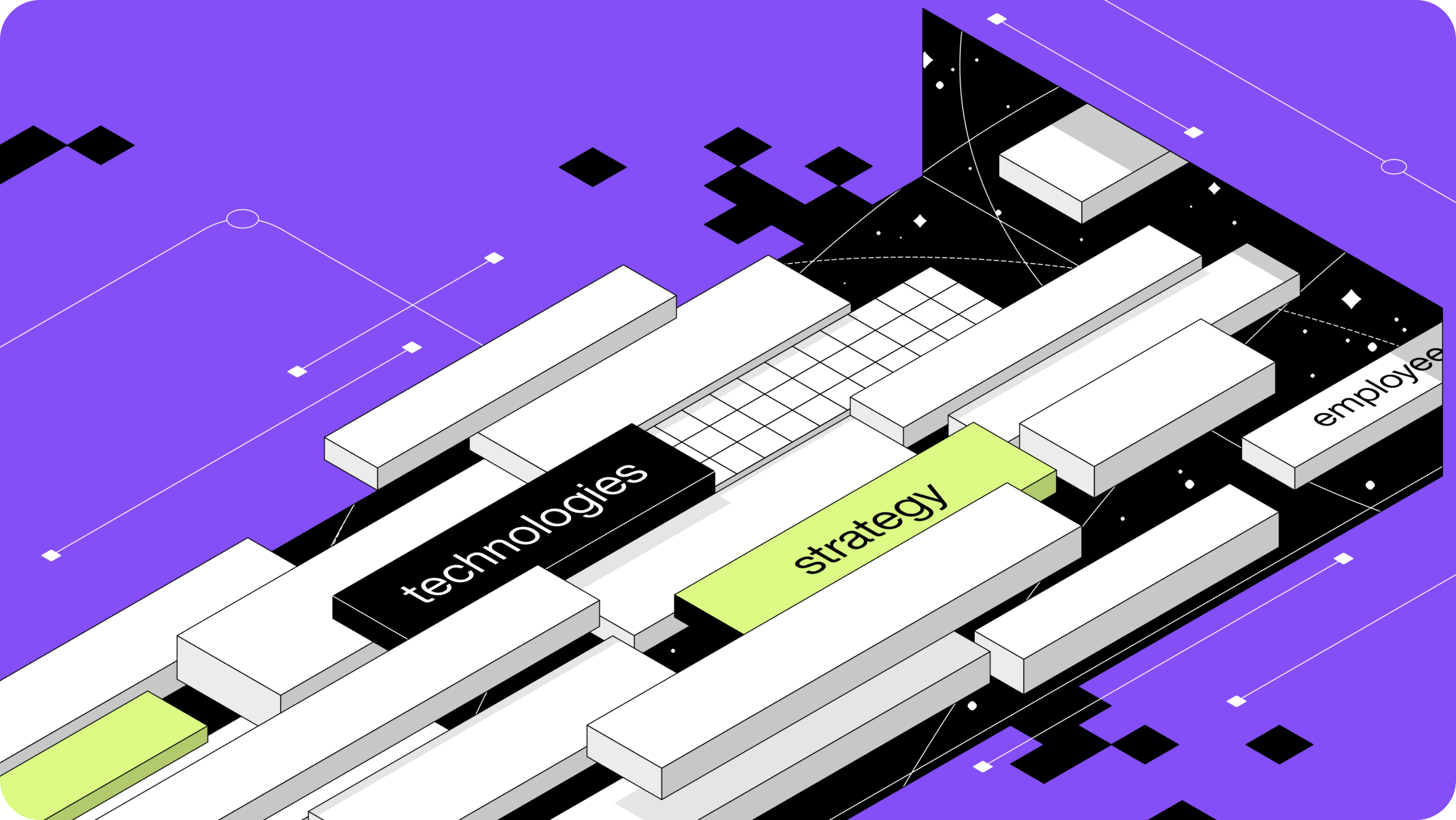Digital transformation is the process when a business adopts new ways of getting tasks done internally, a digital mindset, or digital tools that change the services they offer.
This transformation can change how the company operates and delivers to its customers, but focusing on the user experience separates an ordinary digital product from one that attracts user loyalty.
The game-changing approach to digital transformation is by first understanding the people who use your product on the other end of the screen.
At the end of the day, digital transformation should help improve people’s experience, whether they are your employees or potential customers. Otherwise, you might be misdirecting your budget towards digital solutions that don’t suit your needs.
Let’s start by learning about human-centric design.
In this article
Human-Centric Design
A human-centric design is tailored to suit people’s needs and accommodate their behavior or habits. It’s a design philosophy centered around perfecting the user experience (UX) to make it intuitive and responsive.
The last thing you’d want is for employees or customers to use a digital product and feel as though their lives are made difficult. Because the more confusing or un-informative a product is, the less they would want to deal with it.
A human-centric design ensures that whatever digital transformation you undertake, it still fulfills your audience’s needs.
Your business can improve engagement and customer loyalty, and boost its brand image by underscoring the ‘human’ in the design.
Why Should You Care About Human-Centric Design?
Let’s take a glance at other benefits a human-centric design brings to a digital transformation strategy.
- A human-centric UX design can help create an emotional connection with the brand through a sense of comfort, trust, and belonging.
- It can also reduce a user’s learning curve by being intuitive and accessible, which will positively impact your digital transformation strategy.
- Businesses that invest in a human-centric digital transformation are more likely to offer a unique experience that will build brand loyalty because users will keep wanting to return to the digital product.
- One of the common challenges of digital transformation is resistance to change among the team. By prioritizing their comfort and needs, you can create an experience that will reduce barriers to adoption.
- A human-centric product design will engage its users and encourage longer sessions, better conversion rates, and a significant ROI.
As you can tell, a human-centric design helps establish a connection between the user and the brand.
What Does Human-Centric Design Look Like in Practice?
Imagine a bank that wants to create a mobile banking application to digitally transform its processes and improve customer service. It could simply copy and paste its desktop banking system into a mobile interface, but would that suit a user’s needs when using a mobile device?
What it can do instead is research the customer’s banking journey, identify their pain points, and design a solution that is human-centric and intuitive.
Human-centric digital transformation strategy is about providing value that is aligned with your users’ needs.
Learn more in our detailed guide to the digital transformation roadmap.







